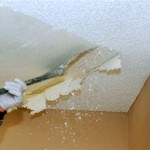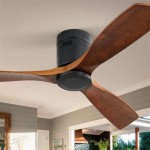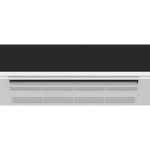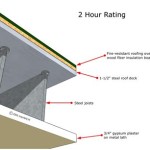Radiant Heat In The Ceiling
Radiant heat in the ceiling is a type of heating system that uses radiant energy to warm a room. Unlike traditional heating systems that rely on forced air or hot water to circulate heat, radiant heating systems use infrared radiation to directly heat objects and surfaces in a room. This type of heating system is often used in commercial and industrial settings, but it can also be used in residential homes.
There are several advantages to using radiant heat in the ceiling. First, radiant heat is very efficient. It does not waste energy by heating the air in a room, which can escape through windows and doors. Instead, radiant heat directly heats objects and surfaces, which then radiate heat back into the room. This type of heating system can save you money on your energy bills.
Second, radiant heat is very comfortable. It does not create drafts or uneven heating, which can be common with forced air heating systems. Radiant heat also does not dry out the air, which can be a problem with hot water heating systems. This type of heating system can help you to create a more comfortable and healthy indoor environment.
Third, radiant heat is very quiet. It does not produce any noise, which can be a problem with forced air heating systems. This type of heating system can help you to create a more peaceful and relaxing indoor environment.
There are also some disadvantages to using radiant heat in the ceiling. First, radiant heat can be more expensive to install than other types of heating systems. Second, radiant heat can take longer to heat up a room than other types of heating systems. Third, radiant heat can be difficult to control, which can lead to uneven heating.
Overall, radiant heat in the ceiling is a very efficient, comfortable, and quiet heating system. However, it is important to weigh the advantages and disadvantages of this type of heating system before making a decision about whether or not to install it in your home.
How Does Radiant Heat In The Ceiling Work?
Radiant heat in the ceiling works by using infrared radiation to directly heat objects and surfaces in a room. Infrared radiation is a type of electromagnetic radiation that is invisible to the human eye. It is similar to the type of radiation that is emitted by the sun.
When radiant heat in the ceiling is turned on, the heating elements in the ceiling emit infrared radiation. This radiation is absorbed by objects and surfaces in the room, which then radiate heat back into the room. This type of heating system does not heat the air in a room, which can escape through windows and doors. Instead, radiant heat directly heats objects and surfaces, which then radiate heat back into the room.
What Are The Benefits Of Radiant Heat In The Ceiling?
There are several benefits to using radiant heat in the ceiling. These benefits include:
- Efficiency: Radiant heat in the ceiling is very efficient. It does not waste energy by heating the air in a room, which can escape through windows and doors. Instead, radiant heat directly heats objects and surfaces, which then radiate heat back into the room. This type of heating system can save you money on your energy bills.
- Comfort: Radiant heat in the ceiling is very comfortable. It does not create drafts or uneven heating, which can be common with forced air heating systems. Radiant heat also does not dry out the air, which can be a problem with hot water heating systems. This type of heating system can help you to create a more comfortable and healthy indoor environment.
- Quietness: Radiant heat in the ceiling is very quiet. It does not produce any noise, which can be a problem with forced air heating systems. This type of heating system can help you to create a more peaceful and relaxing indoor environment.
What Are The Disadvantages Of Radiant Heat In The Ceiling?
There are also some disadvantages to using radiant heat in the ceiling. These disadvantages include:
- Cost: Radiant heat in the ceiling can be more expensive to install than other types of heating systems.
- Warm-up time: Radiant heat in the ceiling can take longer to heat up a room than other types of heating systems.
- Control: Radiant heat in the ceiling can be difficult to control, which can lead to uneven heating.

How Does Ceiling Heating Work Variotherm

Ceiling Heating And Underfloor In Comparison

How To Install Radiant Heat Ceilings This Old House Youtube

5 Ways Radiant Heat Is Better

Electric Radiant Heating Panels In Quebec Montreal Toronto

Infrared Radiant Ceiling Panels Mighty Energy Solutions

How Does Ceiling Heating Work Variotherm

Calorique Radiant Ceiling Heaters

Radiant Ceilings One System For Heating Cooling

How Do Radiant Panels Work Heating And Cooling
See Also








